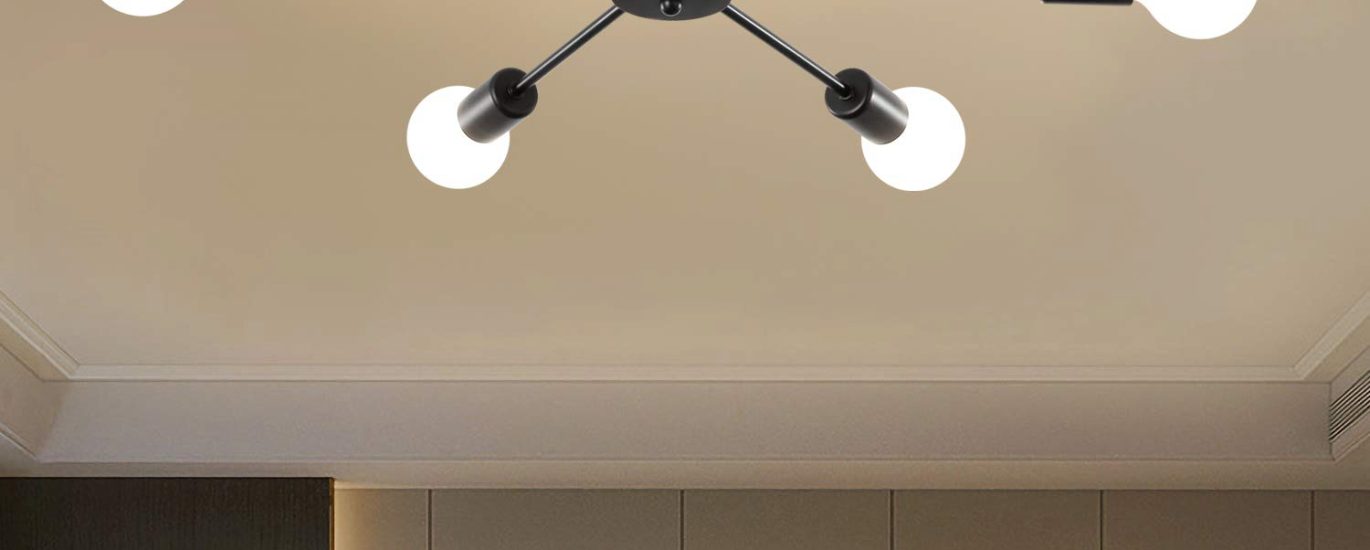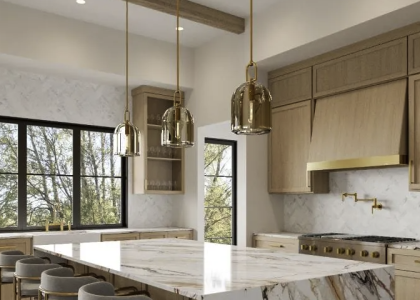Introduction
When you hear the words “Swedish design”, minimalist yet functional furniture and accessories might come to mind. But did you know that Sweden is also a powerhouse in the lighting design industry? Swedish lighting design stands out for its understated elegance, clean lines, and attention to detail. In this article, we’ll delve deep into this fascinating world and explore what makes Swedish lighting design so special.
A Brief History of Swedish Lighting Design
The Swedish tradition of lighting design can be traced back to the early 20th century. In 1925, the Swedish designer and architect Gunnar Asplund created an iconic light fixture for the Stockholm Exhibition that was later named the “Asplund Lamp”. Asplund’s work was highly influential in shaping the Swedish design movement of the 1920s and 1930s.
One of the most significant forces in Swedish lighting design is the company Svenska Armaturer, which was founded in 1892. The company has a long history of producing high-quality lighting fixtures that blend function and form seamlessly. Another important player in the industry is the company Louis Poulsen, which has collaborated with renowned Swedish designers such as Arne Jacobsen and Poul Henningsen to create iconic lighting fixtures that are still in production today.
Swedish Lighting Design: Key Characteristics
Swedish lighting design is characterized by its clean lines, understated elegance, and attention to detail. The fixtures often have a minimalist design that prioritizes function and practicality, while still being aesthetically pleasing. Swedish lighting designers also place a lot of emphasis on the quality of the light emitted. The focus is on creating a warm and inviting atmosphere, rather than simply providing illumination.
Materials
Swedish lighting designers prefer to work with natural materials like wood, glass, and metal. These materials are durable, versatile, and have a timeless quality that fits well with the overall aesthetic of Swedish design.
Colors and Finishes
The color palette of Swedish lighting design is usually muted and light, with a focus on shades of white, black, and gray. The finishes are often matte rather than shiny, creating a subtle and understated look.
Function and Form
Swedish lighting design is synonymous with functionalism. The fixtures are designed with a specific purpose in mind and are often adjustable, with the aim of providing light exactly where it’s needed. The form of the fixtures is also important, with designers aiming to create objects that are both beautiful and practical.
Examples of Swedish Lighting Design
Some of the most iconic examples of Swedish lighting design include the “Gras Lamp”, designed by Bernard-Albin Gras in 1921, and the “Alvar Aalto Floor Lamp”, which was designed by the Finnish designer Alvar Aalto but produced by the Swedish company Artek. More recent examples of Swedish lighting design include the “Alloy Pendant Lamp” by ASPLUND and the “Patera” pendant by Louis Poulsen.
The Future of Swedish Lighting Design
Swedish lighting design continues to evolve as designers experiment with new materials, technologies, and forms. Sustainability is also becoming an increasingly important factor in the industry, with designers looking towards eco-friendly materials and energy-efficient lighting solutions.
The Role of Technology
Advanced lighting technologies such as LED and OLED are becoming more common in Swedish lighting design. These technologies offer designers more flexibility and enable them to create innovative lighting solutions that are energy-efficient and environmentally friendly.
Sustainability
Swedish lighting design has always been characterized by a focus on quality, durability, and functionality. However, in more recent years, sustainability has become an increasingly important factor. Designers are exploring new ways to produce lighting fixtures using recycled or eco-friendly materials, and are also looking at ways to reduce energy consumption and waste.




